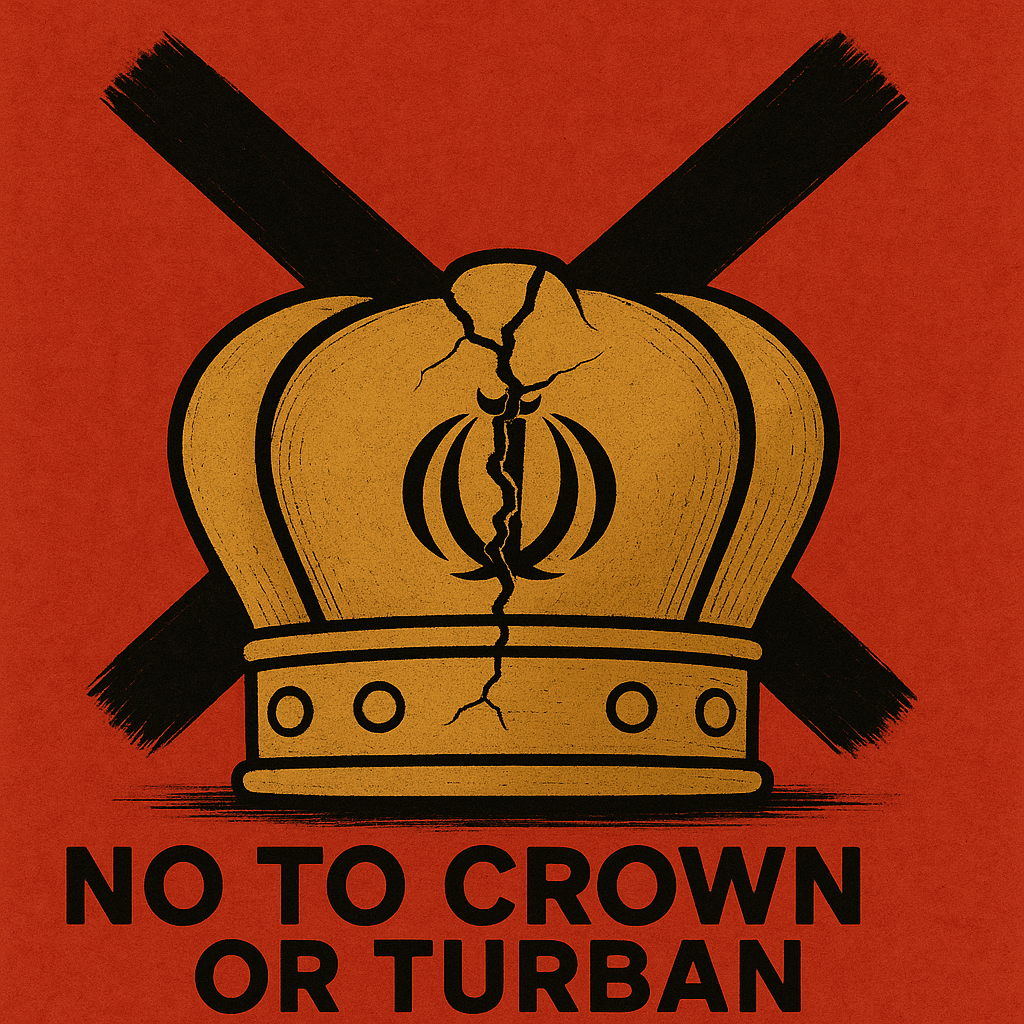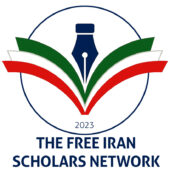By: Jila Andalib, IT Specialist & Iran Political and Human Rights Analyst
Published in CT Examiner, Sep 1st, 2026

For communities here in Connecticut, where many Iranian-Americans live and work, the struggle for democracy in Iran is never far away. Families here carry the memory of loved ones lost under both the Shah and the clerics. They understand better than most that Iran’s fight for freedom and democratic rights is tied to global stability and to the values we hold dear in America. What happens in Iran matters not just for Iranians, but for all who care about human rights and justice.
In today’s debates about Iran, one dangerous fantasy keeps resurfacing. It is the idea that the Iranian people might somehow accept a return to monarchy. Reza Pahlavi, son of the late Shah, is working Western capitals to convince policymakers that he is the natural alternative to the Islamic Republic. But history and lived experience say otherwise.
The Iranian people decisively rejected monarchy in 1979. Nothing has changed to make them nostalgic for it. The monarchy’s collapse was not an accident of history. It was the direct result of decades of repression, censorship, corruption, and betrayal by a regime that promised modernity but delivered authoritarianism.
One of the great ironies of modern Iranian history is that Mohammad Reza Shah, the so-called modernizer, was in fact one of the strongest enablers of Iran’s clerical establishment. While he crushed secular opposition with ruthless efficiency, filling prisons with nationalists, liberals, and intellectuals, he gave the mosques free rein. The clergy were allowed to maintain their networks and their pulpits. The Shah strengthened them because they were no threat to his throne. Until, of course, they were.
At the same time, the Shah suffocated public life. Newspapers and books were censored. Writers were silenced. Political opposition was banned. In 1975 he went further, dissolving all political parties and replacing them with a single state party, Rastakhiz. Membership was not optional. Citizens were told to join or leave the country. In this way, the Shah left a vacuum that Khomeini’s clerics were perfectly placed to fill.
Khomeini was not the opposite of the Shah. He was his natural succession. When you dismantle every political current except the mosques, you pave the way for the mullahs.
Today, Reza Pahlavi insists that his restoration would correct his father’s mistakes. Yet a close look at his recently published platform shows alarming continuities rather than a genuine break. As shown in Reza Pahlavi’s Platform: A Roadmap to Neo-Fascist Rule (Free Iran Scholars Network), his discourse leans toward authoritarianism dressed up as reform. His rhetoric emphasizes order and discipline but offers little about democratic institutions. His language is heavy on vague nationalism and light on concrete safeguards.
Another study, Behind the Crown: A Documented Critique of Reza Pahlavi’s Political Role, shows that his interventions have been more about consolidating personal influence than building democratic alternatives. His record reveals opportunism and a troubling inability to distance himself from monarchist nostalgia or the networks of privilege he inherited. For someone who claims to represent democracy, he has failed to articulate a vision that includes accountability, pluralism, or checks on power.
Iranians do not suffer from historical amnesia. The monarchy is remembered as the regime of SAVAK torture chambers, of Rastakhiz coercion, of silenced poets and exiled intellectuals. The idea that the nation, after enduring four decades of theocracy, would reward itself by submitting again to a hereditary throne is insulting. No modern republic willingly reverts to monarchy.
Reza Pahlavi’s supporters like to invoke the failures of the Islamic Republic as proof that the Shah was better by comparison. But this is a false choice. The failure of one dictatorship does not justify the return of another. Iranians have paid dearly for the Shah’s suppression of secular democratic alternatives. They are not about to let history repeat itself.
What Iran needs, and what Iranians have long demanded, is a genuine democracy. That means elected representatives, accountability, freedom of expression, equality for women, and a government that is chosen, not inherited. These are not abstract ideals. They are the same principles for which Iranians marched in the streets of 1979. They are the same principles for which they continue to risk their lives today.
The Pahlavi monarchy failed because it could not trust its people. The Islamic Republic has failed for the same reason. The path forward cannot be another gamble on authoritarianism, whether in clerical robes or royal uniforms. It must be the people themselves, empowered and sovereign.
Western governments flirting with Reza Pahlavi should take note. Nostalgia is not policy. Monarchy is not democracy. Legitimacy does not come from bloodlines but from ballots. Supporting another unelected ruler only betrays the Iranian people’s struggle for freedom.
The Iranian people deserve better than recycled kings. They deserve the republic they demanded in 1979, but one grounded in rights, not repression. The message is clear. No to dictatorship. No to monarchy. No to theocracy. Yes to democracy.
The revolution that began decades ago is not yet finished. Its direction is unmistakable. Iran’s future will not be written under a crown. It will be written by the hands of its people.
